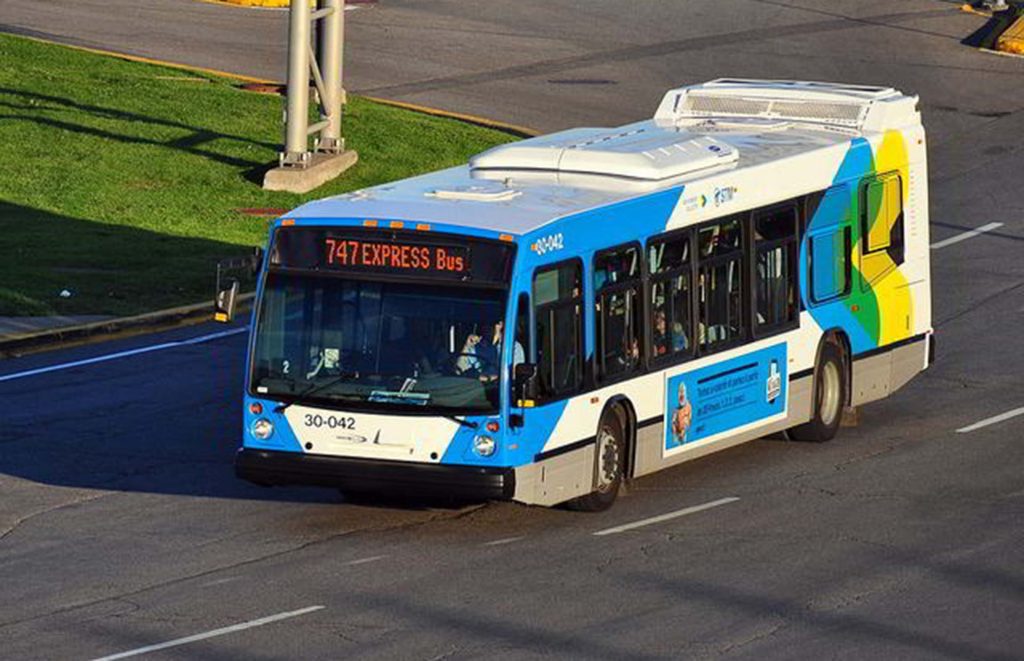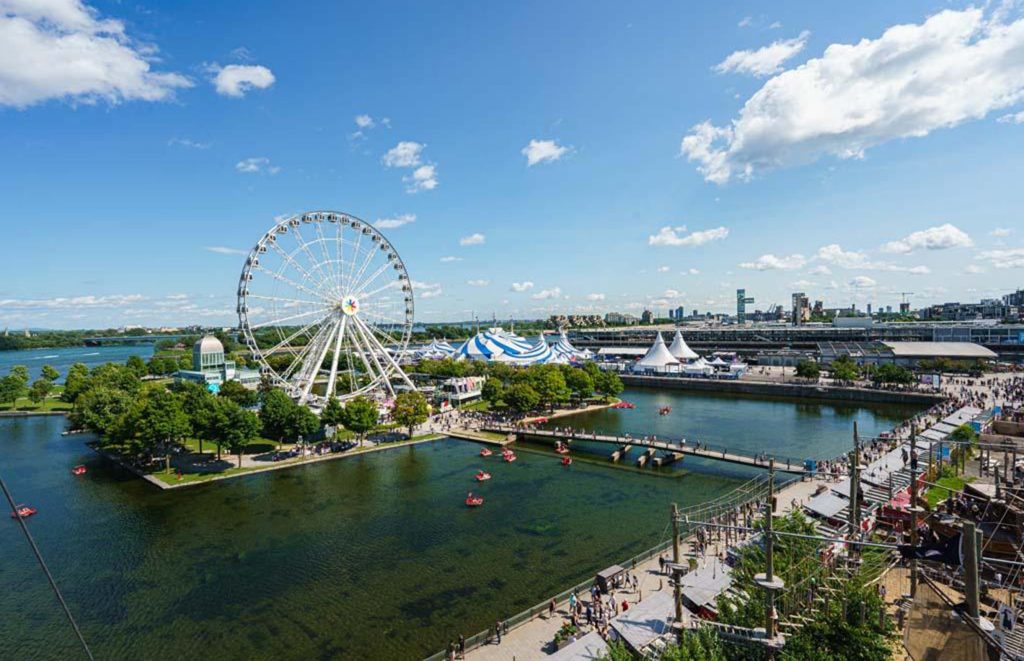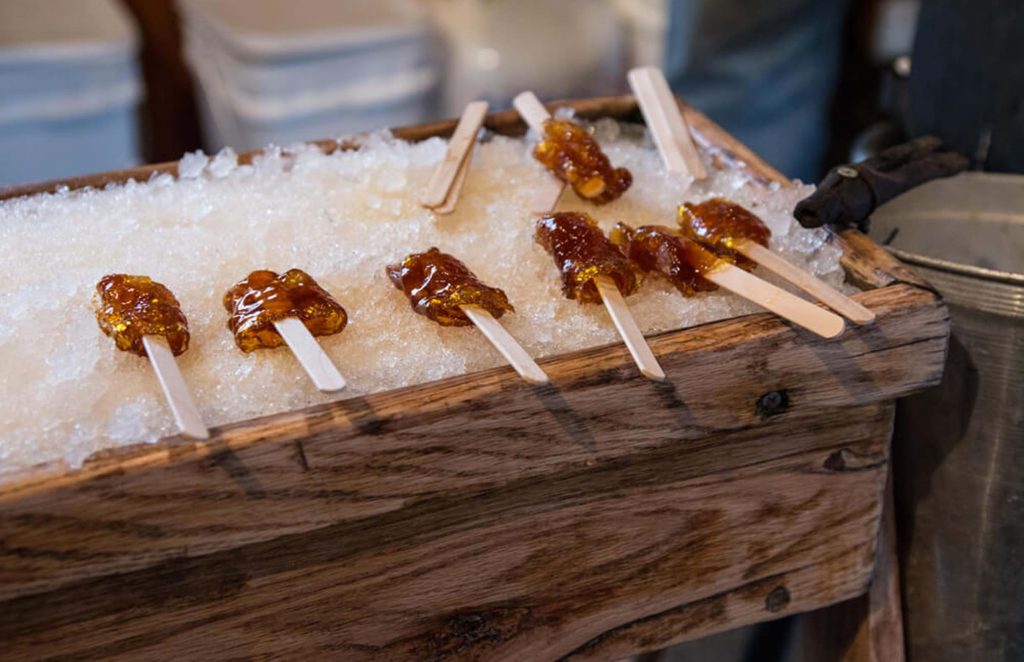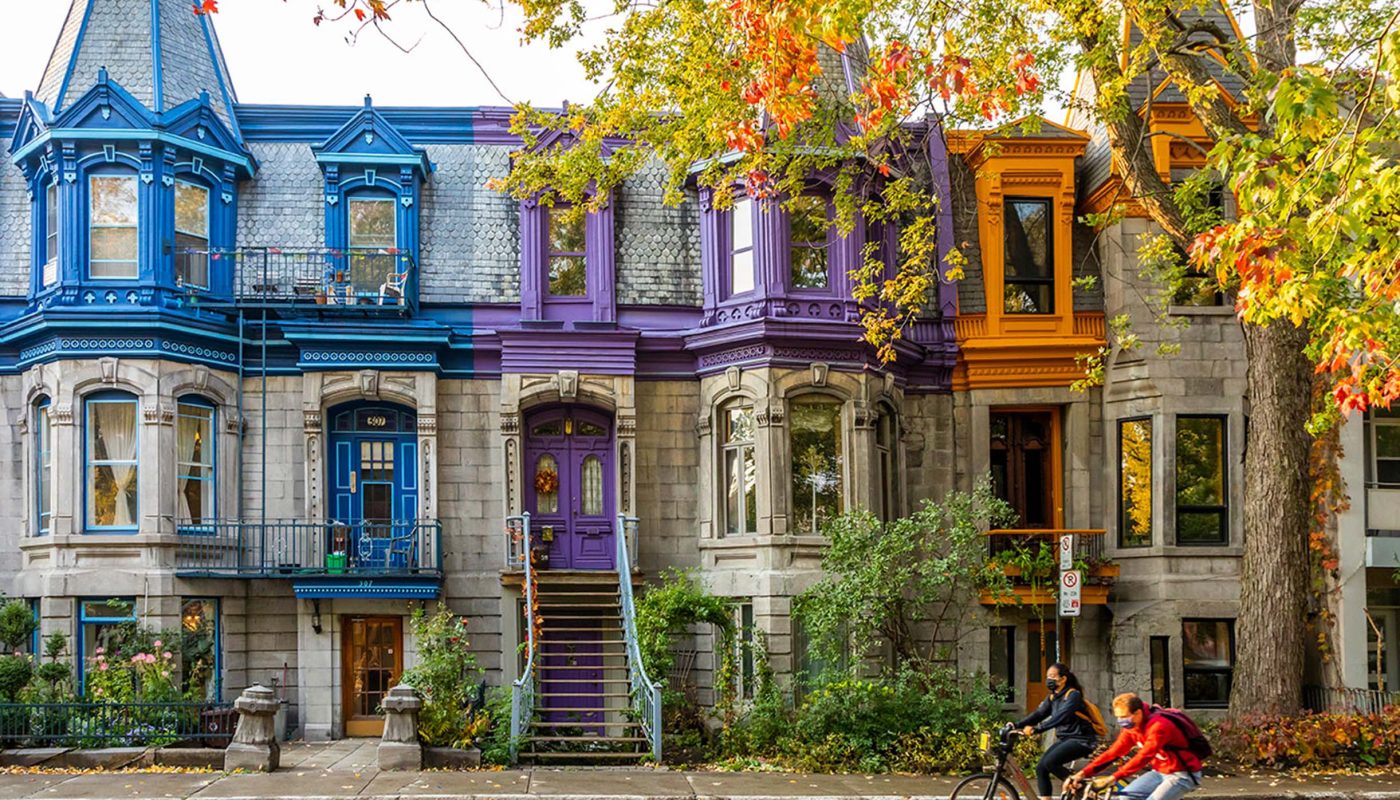Montreal is a vibrant city with a unique blend of North American and European influences. From its charming historic districts to its bustling downtown and delicious culinary scene, Montreal offers an incredible experience for first-time visitors. But like any travel destination, there are a few tips and tricks that can help make your trip smoother and more enjoyable. Here’s a comprehensive guide with everything you need to know to make the most of your first visit to Montreal.
1. Language: French and English
Montreal is located in the predominantly French-speaking province of Quebec, but it’s also a bilingual city. While many residents speak both French and English, French is the official language. Knowing a few basic French phrases, like “Bonjour” (hello), “Merci” (thank you), and “S’il vous plaît” (please), can go a long way in showing respect and making a good impression.
However, most people in downtown Montreal and tourist areas speak English, so you won’t have a hard time communicating if you don’t speak French. I found that a friendly “Bonjour!” was always appreciated, and the locals often responded in English once they realized I wasn’t fluent in French.
2. Best Time to Visit
Montreal has a wide range of weather throughout the year, so choosing when to visit can make a big difference in your experience. Here’s a quick breakdown:
- Summer (June to August): This is Montreal’s peak tourist season, with warm temperatures and numerous festivals, such as the famous Montreal Jazz Festival and Just for Laughs. However, prices for accommodations are at their highest, and popular spots can be crowded.
- Fall (September to November): Fall is my favorite time to visit. The weather is still mild, and the fall foliage in parks like Mont Royal is beautiful. There are fewer tourists, and prices for accommodations begin to drop.
- Winter (December to February): Montreal is magical in the winter, especially during the holiday season when the city is decorated with lights. However, it can be bitterly cold, so pack accordingly! The city also hosts winter festivals like Igloofest, an outdoor electronic music festival, which is a unique experience.
- Spring (March to May): As the city thaws out, spring brings milder temperatures and blooming flowers. It’s a quieter time to visit, but keep in mind that March can still feel like winter.
3. Getting Around: Public Transit and Walking
Montreal is easy to navigate thanks to its efficient public transit system, which includes a metro and buses. The Société de transport de Montréal (STM) operates the city’s public transit, and I found it to be convenient and affordable. You can buy a day pass or a 3-day pass, which allows unlimited travel on buses and the metro — perfect for first-time visitors.

The metro system is reliable, and most of the city’s top attractions are located near metro stops. You’ll quickly learn to navigate the four metro lines: Green, Orange, Yellow, and Blue. The Orange and Green lines cover the majority of the tourist areas, while the Yellow Line can take you to Parc Jean-Drapeau.
Walking is also a fantastic way to explore Montreal, especially in areas like Old Montreal and Plateau Mont-Royal. Many of the main attractions are within walking distance of each other, and you’ll get to experience the city’s beautiful architecture and vibrant street life.
4. Local Etiquette
Montrealers are generally friendly and welcoming, but understanding a few local customs will help you fit in. Here are a few tips:
- Tipping: Like the rest of Canada, tipping is expected in restaurants and cafes. The typical tip is around 15-20% of the total bill. For hotel staff, such as bellhops or housekeeping, a couple of dollars per service is appreciated.
- Dining: Meals are a leisurely affair, especially in nicer restaurants. Don’t expect the check to arrive quickly after your meal; instead, you’ll need to ask for it when you’re ready to leave.
- Politeness: Saying “bonjour” when entering a store or restaurant is a standard greeting, and saying “merci” when leaving is also appreciated. Even though Montreal is bilingual, making an effort to greet people in French is a polite gesture.
5. Exploring Montreal’s Neighborhoods
Montreal is a city of distinct neighborhoods, each with its own unique character. Here are a few must-see areas:

- Old Montreal (Vieux-Montréal): This historic district, with its cobblestone streets and beautiful old buildings, feels like a step back in time. Highlights include the Notre-Dame Basilica, Place Jacques-Cartier, and the Old Port. I loved wandering through the narrow streets, stopping in charming cafes, and browsing local boutiques.
- Plateau Mont-Royal: Known for its colorful street art, bohemian vibe, and unique shops, the Plateau is where you’ll find some of Montreal’s best restaurants, cafes, and vintage shops. Make sure to stroll down St. Laurent Boulevard and Rue St. Denis.
- Downtown (Centre-Ville): Home to shopping districts, skyscrapers, and museums, Downtown Montreal is a bustling area with a mix of modern and historic architecture. Here you can visit the Montreal Museum of Fine Arts and explore the Underground City — an interconnected network of shopping centers and cafes that’s especially useful during winter.
- Mile End: This eclectic neighborhood is famous for its food scene, including iconic bagel shops like St-Viateur and Fairmount Bagel. It’s also a hub for artists, musicians, and hip cafes.
6. Savoring Montreal’s Food Scene
Montreal has a rich culinary scene, and no trip would be complete without trying some of its iconic dishes. Here are a few you shouldn’t miss:
- Poutine: This quintessential Quebec dish consists of fries topped with cheese curds and gravy. La Banquise is a popular spot with dozens of poutine variations.
- Montreal-Style Bagels: Smaller and denser than New York bagels, Montreal bagels are boiled in honey water, giving them a subtle sweetness. Try one at St-Viateur or Fairmount.
- Smoked Meat Sandwich: Schwartz’s Deli is famous for its smoked meat sandwich, a Montreal classic piled high with savory, smoked beef.
- Maple Treats: From maple syrup to maple taffy, you’ll find plenty of delicious maple-flavored treats in Montreal.

7. Enjoying Montreal’s Festivals
Montreal is known for its festivals, and there’s something happening year-round. Some of the biggest events include:
- Montreal International Jazz Festival: This world-renowned festival takes place in late June and early July, attracting jazz musicians and fans from around the globe.
- Just for Laughs: Held in July, this comedy festival features stand-up performances, street shows, and more, with comedians from all over the world.
- Montreal en Lumière: This winter festival brightens up the dark months with light installations, culinary events, and free outdoor activities.
- Osheaga Music Festival: If you’re visiting in the summer, don’t miss this music festival, which features international artists and takes place on Île Sainte-Hélène.
8. Packing Tips for Montreal
Montreal’s weather varies significantly depending on the season, so pack accordingly. In the summer, lightweight clothing and comfortable walking shoes are essential, as well as a reusable water bottle to stay hydrated while exploring. Winters in Montreal are cold and snowy, so pack a heavy coat, gloves, a scarf, and sturdy winter boots. Layering is also key, as you’ll be going in and out of heated buildings.
9. Money Matters
Canada uses the Canadian dollar (CAD), and credit cards are widely accepted. However, it’s a good idea to have some cash on hand for small purchases or in case of emergencies. ATMs are readily available, and I found that most places in Montreal accept contactless payments.
10. Additional Tips
- Stay Connected: Montreal has plenty of free Wi-Fi spots, especially in cafes and public areas. You can also buy a local SIM card or use an international plan if you need constant connectivity.
- Safety: Montreal is generally a safe city, but like any urban area, it’s wise to stay aware of your surroundings, especially at night.
- Currency Exchange: If you need to exchange money, avoid exchanging at the airport where rates are higher. Instead, use ATMs or exchange offices in the city for better rates.
Montreal is a city that blends rich culture, history, and a modern lifestyle, making it an ideal destination for any traveler. Whether you’re strolling the historic streets of Old Montreal or enjoying a bagel in Mile End, your trip to Montreal is sure to be a memorable one.



